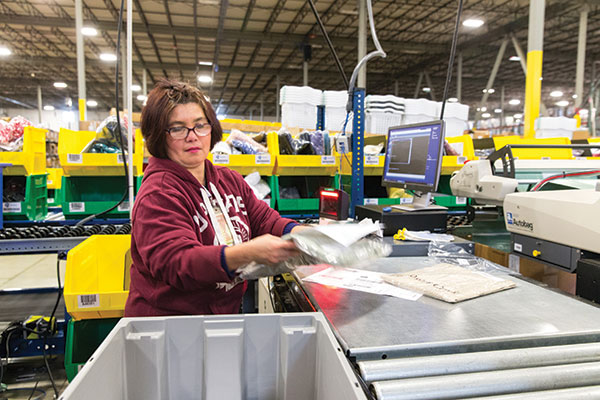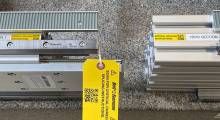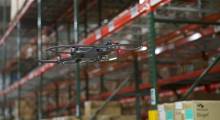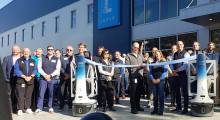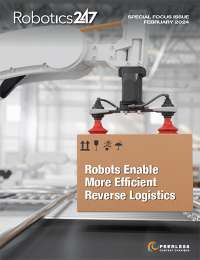GEODIS
Indianapolis, Ind.
Size: 250,000 square feet
Products: Apparel and fashion
Stock Keeping Units: 30,000
Throughput: 20,000 units per day
Shifts: 1 shift per day/7 days a week
GEODIS is one of a handful of third-party logistics (3PLs) providers that have embraced mobile collaborative robots to improve throughput and productivity and create a better working environment for their employees. Here’s how they’re deployed.
At the present, GEODIS is using the cobots only in the picking process. Picking begins when a wave of orders is created in the proprietary warehouse management system (WMS). To the WMS, a robot is the equivalent of another associate, so the wave is created as if the tasks would be assigned to an associate. The wave is batching single-line orders.
Once the wave is complete, orders are routed to the robot control system through an interface. The robot control system knows the location of associates and cobots on the floor and begins to send orders to the floor in a manner designed to maximize efficiency while minimizing traffic. Depending on the number of orders to fill for the day, the location of inventory and density of the picks, the system will assign three to six cobots to an associate.
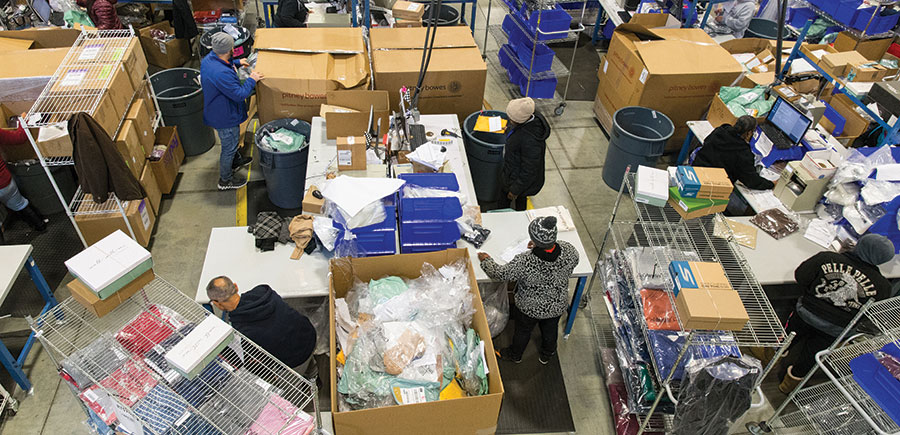
Once a cobot receives an assignment from the robotic control system, it travels to the pick location. An associate in that area then walks over to complete the assignment and picks the required number of units to the tote. Associates wear a Bluetooth-enabled identification badge that communicates with the cobot. That allows the unit to keep track of and report feedback on the associate’s performance. The associate receives picking instructions on a display screen and confirms the pick on a scanner underneath the display. When the pick is complete, the associate receives the recommended location for the next available cobot.
Meanwhile, the cobot returns to an induction station where another associate removes the tote and inducts it on a conveyor to packing. The associate then scans a new tote to the cobot, which travels to the next pick location to start the process all over again.
System suppliers:
- Mobile Collaborative Robots: Locus
- Conveyor and Sortation: Hytrol
- WMS: GEODIS proprietary
About the Author
Follow Robotics 24/7 on Linkedin
About the Author
Follow Robotics 24/7 on Linkedin
Article topics
Email Sign Up

